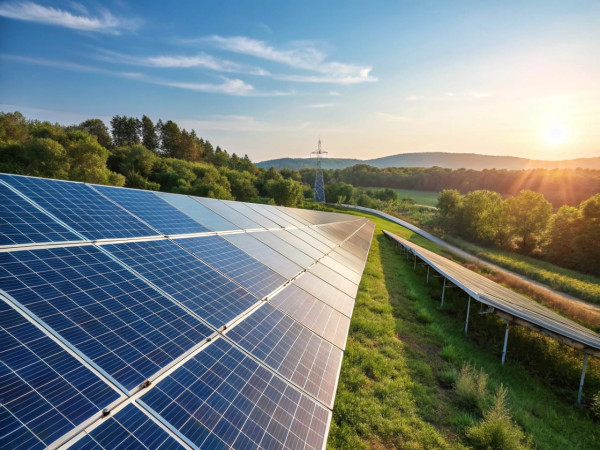
Follow India Renewable Energy News on WhatsApp for exclusive updates on clean energy news and insights
Privatization of Power Distribution in India's UTs: A Model for the Future?
Mar 12, 2025
The Indian government introduced power distribution privatization in Union Territories (UTs) under the Aatma Nirbhar Bharat Abhiyan in 2020. The goal was to enhance efficiency, reduce losses, and improve consumer services. However, its implementation has faced legal and operational challenges across different UTs.
Status of Privatization in UTs
- Chandigarh: Legal hurdles were cleared when the Punjab & Haryana High Court dismissed writ petitions against privatization in November 2024. The transfer was completed on February 1, 2025.
- Dadra & Nagar Haveli & Daman & Diu (DNH&DD): Initially halted by the Bombay High Court in 2021, the Supreme Court later allowed privatization. The transition was finalized by April 1, 2022.
- Puducherry: Faced opposition from employee unions, leading to a stay order from the Madras High Court in November 2022. A revised proposal now suggests selling a 51% stake instead of 100%. The case is still pending.
- Andaman & Nicobar Islands & Lakshadweep: Privatization is in progress, with Requests for Proposals (RFPs) issued.
While full-scale state-level privatization has yet to occur, private players already operate in major cities through joint ventures with state governments. Companies like Adani Electricity, Tata Power, Torrent Power, and CESC Limited manage distribution in Mumbai, Delhi, Odisha, Kolkata, and Gujarat, among others.
Supporters claim privatization leads to improved service quality, efficiency, and reduced losses. However, critics fear tariff hikes, job cuts, and weakened regulatory oversight. Given UTs as test cases, should Indian states follow suit?